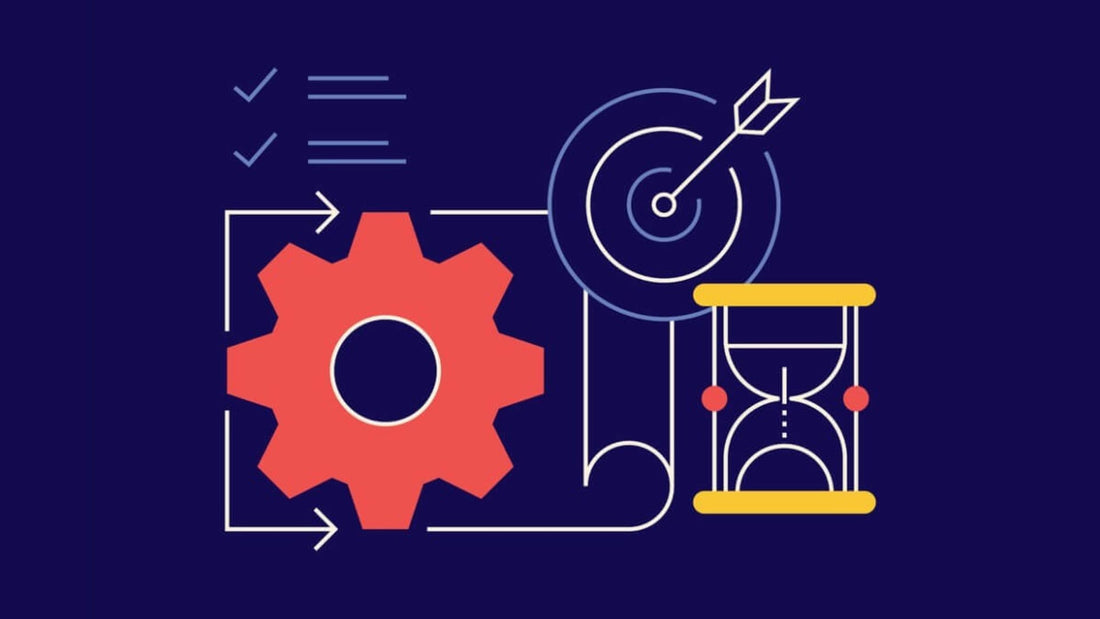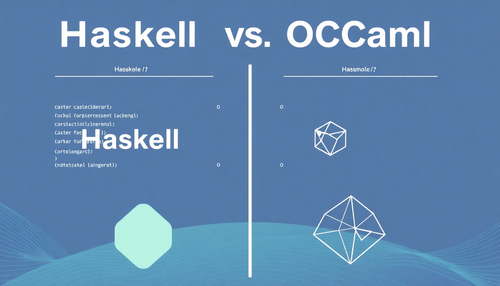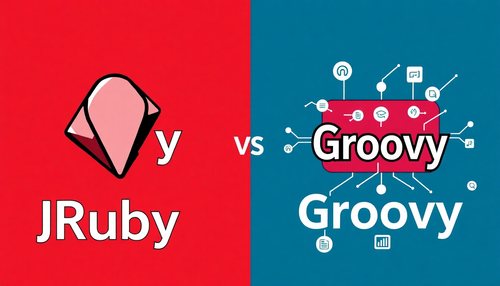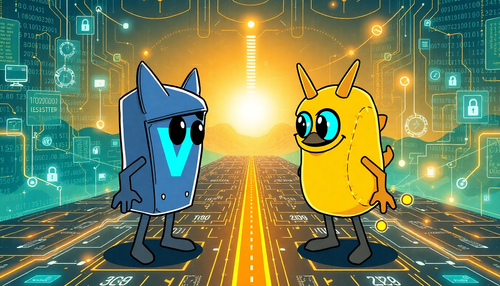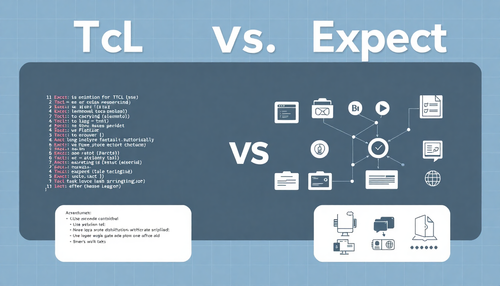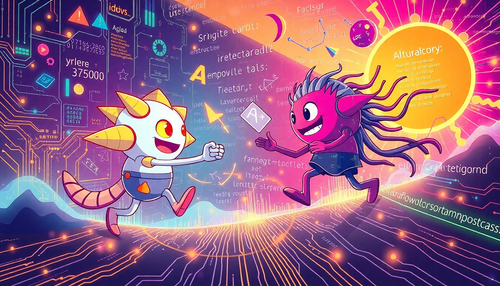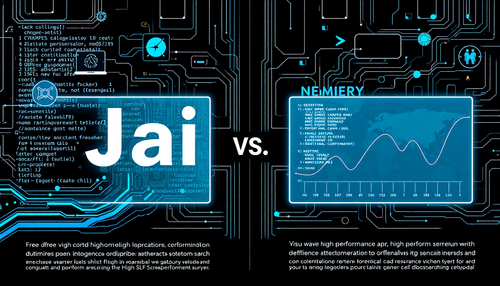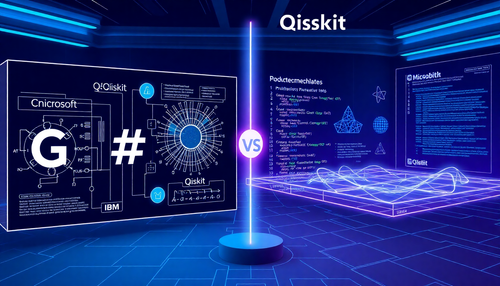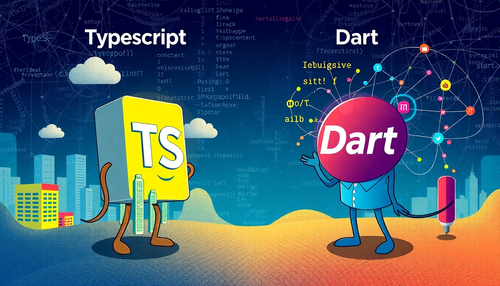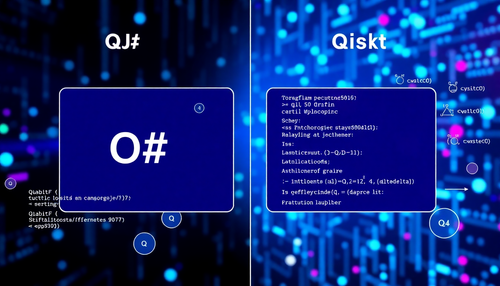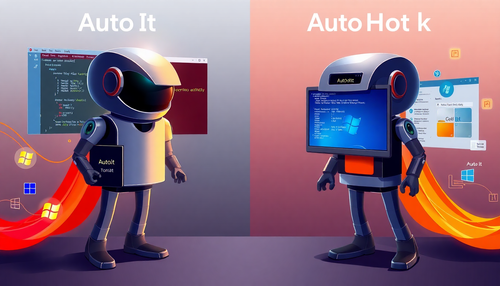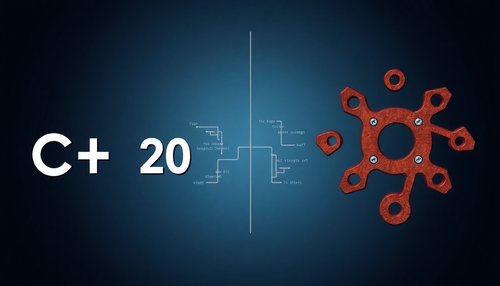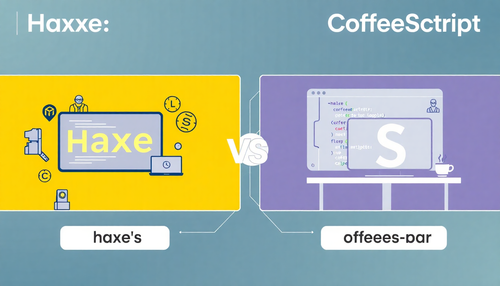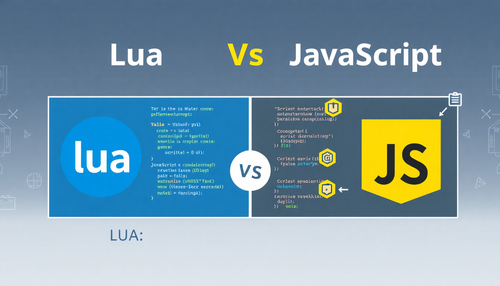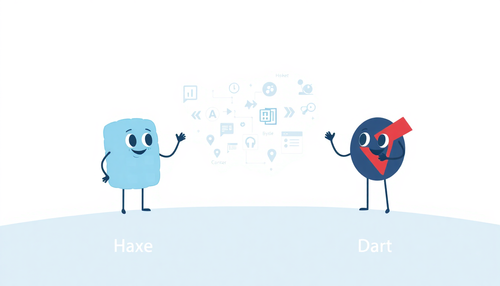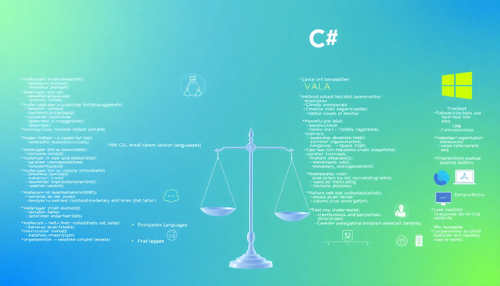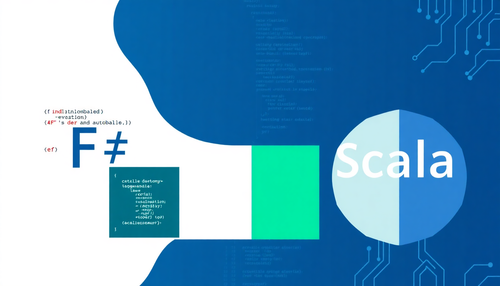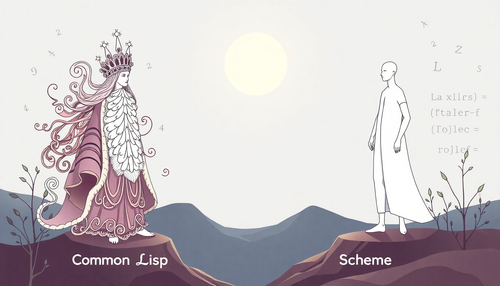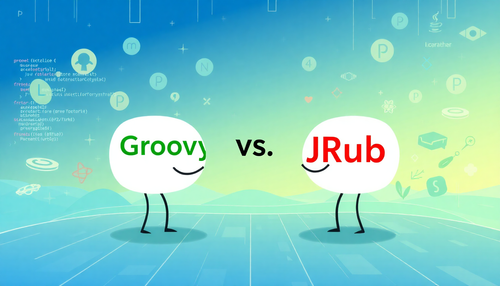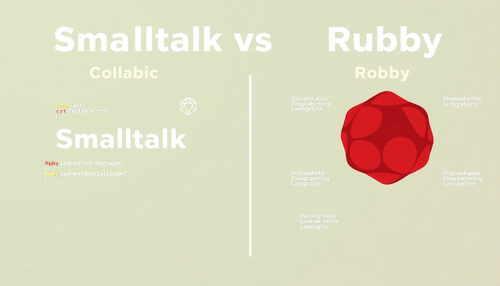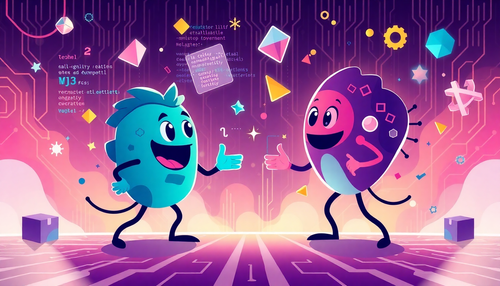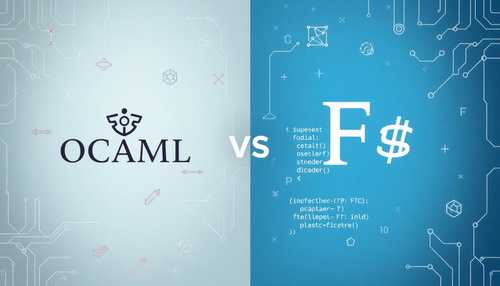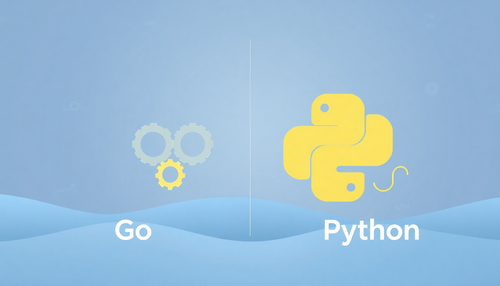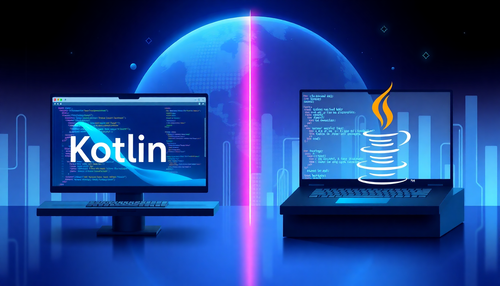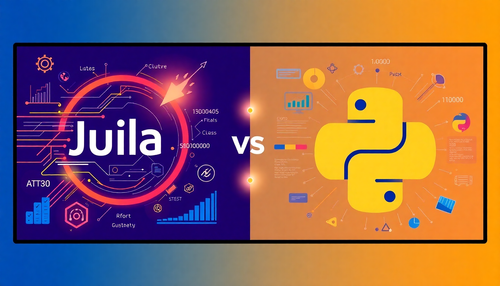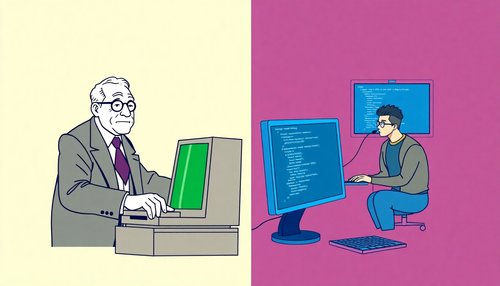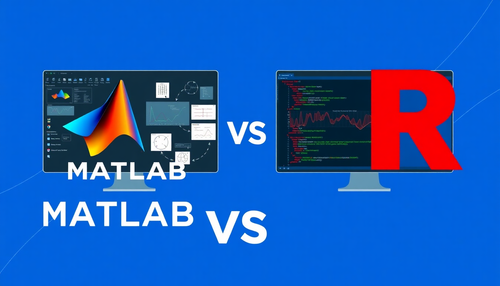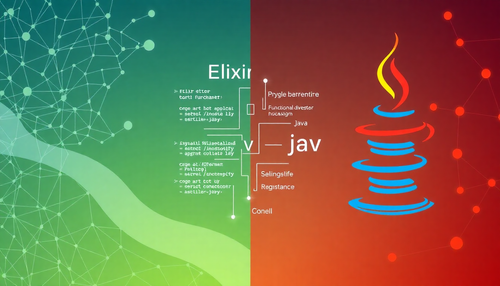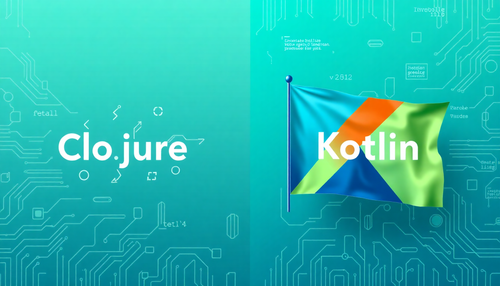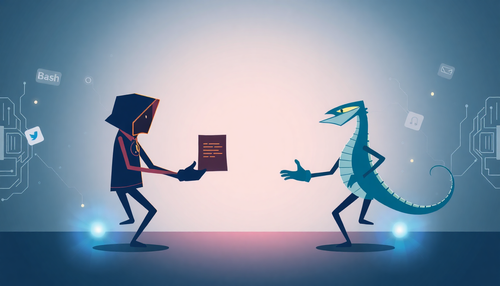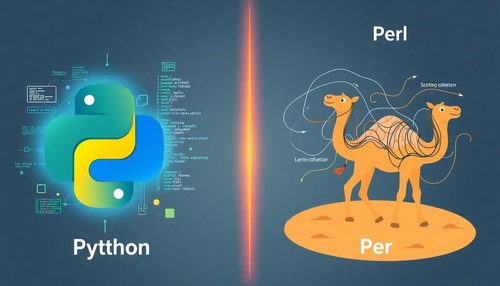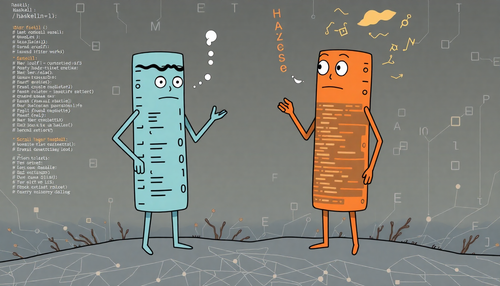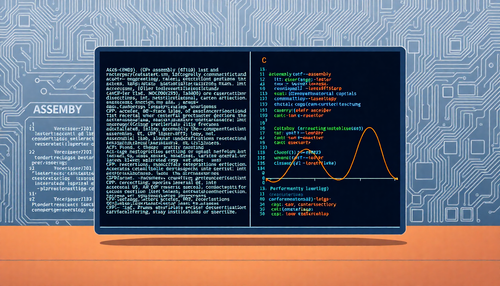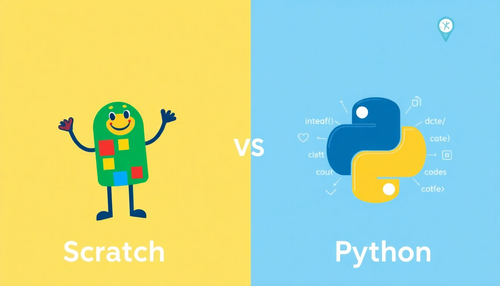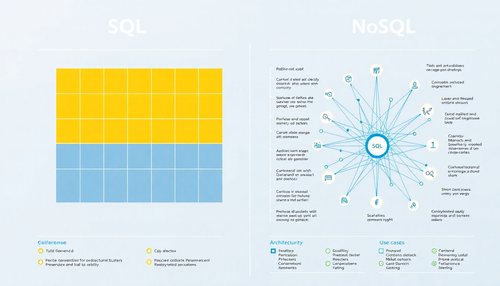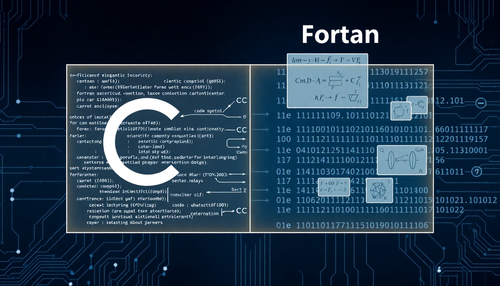Organizations use agile and lean approaches to software development to improve efficiency. Learn the principles, origins and main differences here.

What is lean software development?
Lean software development was inspired by the Lean Manufacturing movement of the 1980s. At the heart of this movement is the reduction of time within a production system, as well as response times from suppliers and to customers. This methodology values optimizing efficiency and minimizing waste at all levels of a process, including individuals, departments, company-wide operations, the company itself and between organizations, customers and suppliers.
Lean software development was originally coined by Mary and Tom Poppendieck in their book, Lean Software Development , published in 2003. In this book, the authors identified seven Lean principles and adapted them to software development. They also introduced 22 “thinking tools” that can help companies customize agile practices for any development or business environment. With these principles, your company can experience better, cheaper, and faster software development.
Ultimately, the foundation of Lean software development services focuses on value, flow, and people for less waste and a more effective development cycle. Any Lean software development company will find that they will not only save money in the process, but also profit from the added efficiencies.
Lean Principles

There are seven basic principles for Lean software development, each of which must be implemented to achieve a successful Lean process. These principles are:
- Eliminate waste . After an iteration is completed, stakeholders discuss problems encountered in the process and identify waste, which is anything that does not add value to the product. The goal here is to develop a practical plan to eliminate waste like unnecessary code, uncompleted tasks, bureaucracy, and Q&A issues.
- Build with quality . For this you can use techniques such as pair programming (two developers on one workstation) and test-driven development (repeatedly testing the software against all test cases).
- Amplify learning . Share knowledge between developers through code reviews and meetings. This also implies that software developers are encouraged to question assumptions.
- Postpone the appointment as long as possible . Make sure there is an experiment/test/learning phase in the development cycle that lasts as long as necessary before committing the project to decisions that cannot be changed without causing considerable bottlenecks in the project.
- Delivered quickly . Fail fast and learn. Launch a product quickly and use feedback to improve the next iteration.
- Respect people . Lean software development encourages respect for all stakeholders in the process. It's also important to encourage healthy conflict, proactive communication, and a constant flow of feedback.
- Optimize the whole . The software development cycle is carefully examined from start to finish. The goal here is not only to produce optimal code quickly, but also to ensure that the entire process is running at peak efficiency.
Advantages/Pros of Lean
Of course, every methodology has advantages and Lean software development is no exception. Here are some of the pros of adopting Lean:
- The streamlined process allows better software and functionality to be delivered faster.
- You will eliminate unnecessary parts of the process, which in turn can reduce overall costs.
- Your teams have the autonomy to make their own decisions, which greatly improves the decisions made and also improves company morale.
- Greater collaboration between teammates makes the process more efficient and reliable. This also leads to a greatly improved product, as its developers are constantly discussing the process and the product.
- A flexible workflow is also a priority, meaning your developers can easily shift and change the process as needed.
Disadvantages/Cons of Lean
Lean software development also has some disadvantages:
- It's not that scalable given how tightly integrated teams must be.
- It requires very strong documentation to keep things moving and iterating.
- It can lead to a very complex process that requires the full attention and dedication of each team member.
- This can lead to the process being divided into many small parts, each of which may be suboptimal for the whole.
What is agile software development?
Agile software development can be summarized as an iterative software development approach that focuses on quickly delivering value to customers using a highly efficient process. Agile focuses on incremental delivery, team collaboration, and continuous planning and learning.
It is the iterative principle that differentiates Agile from other methodologies. With Agile, it is more important to release frequently and improve the product with each release. This is a change from the slower and more expensive process of development, beta testing, beta release, Q&A testing, bug fixing, and final release cycle that has prevailed for so many years. Agile is all about short development cycles, fast failures, getting feedback, and product iteration.
Agile software development was based on the Agile Manifesto which values the following:
- Individuals and interactions above processes and tools
- Software that works on complete documentation
- Customer collaboration on contract negotiation
- Responding to change rather than following a plan
The Agile Manifesto was born from a meeting between seventeen people at The Lodge at Snowbird ski resort, in the Wasatch Mountains, in Utah, to find common ground in the search for a methodology to replace the document-based software development process. From this meeting, the seeds of Agile software development services would be planted, which would lead to the birth of Agile software development companies across the world.
Agile Principles
There are 12 principles behind agile software development:
- Satisfy customers through continuous, early delivery of reliable, functional software.
- Embrace changes throughout the software development cycle.
- Iterate as often as possible, even every two weeks or months. The shorter the iterative timescale, the better.
- All interested parties must work together throughout the process.
- Create teams of motivated people and provide them with an environment that encourages success.
- Rely on face-to-face communication rather than just messages, emails and forums.
- The functioning of the software is the measure of progress.
- Sustainability is fundamental. All stakeholders in the process must be able to maintain the necessary pace for iterations.
- Constant attention to excellence throughout the entire process.
- Simplicity is essential.
- Teams must be self-organizing.
- Teams evaluate themselves at regular intervals to find ways to improve their processes.
Advantages/Pros of Agile
The Agile software development methodology has a series of important advantages, such as:
- Superior product delivery, which is the product of the iterative approach and frequent testing.
- Customer satisfaction, which comes from the customer feeling like part of the process.
- The transparency of the process means that managers have more control, without controlling the developers.
- Thanks to observability and monitoring, Agile produces more predictable projects.
- Lower risk of failure due to the iterative nature and short development sprints.
- The greater flexibility of the process means it can change when necessary.
Disadvantages/Cons of Agile
Although Agile may seem like the ideal process, it has its drawbacks, such as:
- Resource planning is challenging due to the inability to predict the end result of the product.
- Documentation is not given the usual priority.
- The iterative nature means that the process as a whole can become fragmented, with teams working at different speeds on different parts of the project.
- Due to the iterative nature, there is often no defined end to the process.
Main differences between Lean and Agile
| Lean | Agile | |
|---|---|---|
| Popularity | Popular in manufacturing industries and becoming more prevalent in software development. | Widely adopted in software development and gaining traction in other areas of project management. |
| Forms | Ideal for projects that aim to minimize waste and maximize efficiency. | Ideal for projects with unpredictable requirements, where flexibility and responsiveness are key. |
| Main advantages |
|
|
| Main disadvantages |
|
|
| Cost benefit | It can be cost-effective by reducing waste and improving efficiency. | It can be cost-effective by providing valuable resources early and often. |
| The infrastructure | It requires an organizational structure that supports continuous improvement and waste reduction. | It requires an organizational structure that supports flexibility, collaboration and customer interaction. |
| Training | Specific training in Lean is required to understand its principles and tools. | Agile training is necessary, including understanding roles (such as product owner, scrum master) and processes (such as sprints, retrospectives). |
| Communication | Regular communication for process improvement is essential. | Frequent and close communication between team members and with the client is crucial. |
| Flexibility | Highly flexible with a focus on improving processes and eliminating waste. | Highly flexible with the ability to adapt to changes and deliver incremental results. |
| Security | Average; Lean does not inherently address safety, but it can be integrated into process improvement efforts. Explain: Although Lean focuses on efficiency and reducing waste, safety measures need to be consciously integrated into processes. | High; Agile's iterative approach allows for regular security checks and improvements. Explain: Regular sprints and reviews provide opportunities to check and improve security measures. |
| Tools and Processes | Uses tools such as Kanban boards, value stream mapping; follows processes such as Just-in-time, Jidoka. | Use tools such as Agile Boards, Burndown Charts; follows processes such as sprints, daily meetings. |
| Agreements | Long-term commitment to continuous improvement. | Short-term commitments in the form of iterations or sprints. |
One of the biggest differences between Lean and Agile is that the Lean methodology increases speed by managing process flow. On the other hand, Agile increases speed by iterating in small increments (usually done during sprints).
Another important difference is that Agile prioritizes open and constant feedback between developers and users, while Lean prioritizes eliminating aspects of the project that the customer or user would consider waste.
The Agile methodology is also more structured than Lean, with defined roles, structured meetings, estimates and systemic and frequent reviews.
Lean Kanban x Agile Scrum
A fundamental difference between these two methodologies is the software used to manage the projects. While Lean software development focuses on traditional tools like Kanban, Agile turns much of its attention to Scrum. While both methods use Kanban boards, Agile tends to rely on the Scrum sprint, where Lean can work seamlessly with a standard Kanban board.
What will the future be like?
The future of Lean and Agile methodologies is difficult to predict, but it would be no surprise if these two ideas came together to form a newer, more efficient and effective method. It would also be a safe bet to say that automation and AI will become instrumental in improving and transforming both methods.
And with the continued growth of containerization, Agile methodology will become even more widely used, especially with the spread of CI/CD. As more and more companies adopt containerization, serverless, and CI/CD, agile software development methodology will gain considerable market share over Lean.
Lean vs. Agile: who wins?
The winner between the two will be defined by trends in software delivery methods. If containerization and CI/CD continue to grow exponentially, Agile will win. If companies start moving away from containerization (for reasons like security and complexity), Lean will become the most popular methodology.
Another issue is small and medium-sized businesses (SMBs) versus enterprise businesses. Most enterprise-scale companies rely on containerization and the cloud, while small and medium-sized businesses tend to opt for more traditional software approaches. As more SMEs reach enterprise growth levels, they will begin to adopt more scalable and flexible technologies. This translates into the application of more agile methodologies.
But how do you know which methodology to choose?
When to use Lean
If your company seeks to eliminate waste in the software development process, the Lean methodology may be ideal. Starbucks is a perfect example of this. To eliminate a $2 million revenue gap, the company adopted Lean methodology to resolve a problem with a low-selling breakfast item.
If your company depends on repetitive and predictable processes, the Lean methodology is the way to go. Whether your company makes cars, spreadsheets, or mobile apps, if you want to improve the overall process to deliver a higher quality product, Lean is what you want.
When to use Agile
Simply put, Agile is the best methodology when a product or product features are not well defined. Because Agile relies heavily on an iterative approach, the product evolves as each iteration is completed. Agile is also a great option when continuous delivery/continuous integration is required, as Lean methodology is not flexible enough to handle these types of processes.
Source: BairesDev

